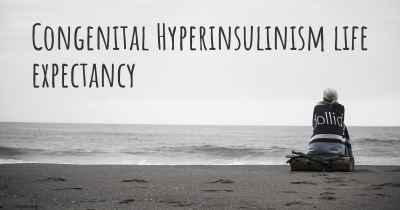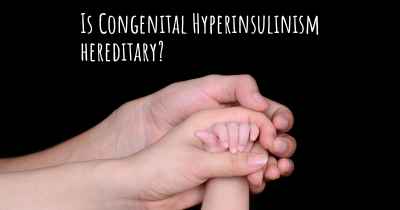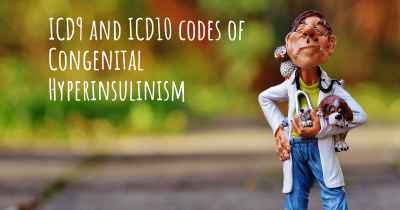What is the history of Congenital Hyperinsulinism?
When was Congenital Hyperinsulinism discovered? What is the story of this discovery? Was it coincidence or not?

Congenital Hyperinsulinism (CHI) is a rare genetic disorder characterized by excessive insulin production in the pancreas, leading to low blood sugar levels (hypoglycemia). This condition was first described in the medical literature in the 1950s, and since then, significant progress has been made in understanding its causes, diagnosis, and treatment.
1950s-1960s: The earliest reports of CHI date back to the 1950s when physicians observed infants with severe hypoglycemia and excessive insulin secretion. At that time, the underlying genetic and molecular mechanisms were not yet understood, and treatment options were limited.
1970s-1980s: In the 1970s, researchers began to recognize that CHI could be caused by various genetic mutations affecting the regulation of insulin secretion. They identified two distinct forms of CHI: focal and diffuse. Focal CHI occurs due to a localized abnormality in a specific region of the pancreas, while diffuse CHI involves a more widespread dysfunction of the entire pancreas.
1990s: The 1990s marked a significant milestone in the understanding of CHI. Scientists discovered that mutations in specific genes, such as ABCC8 and KCNJ11, were responsible for the majority of cases. These genes encode proteins involved in the regulation of insulin secretion. This breakthrough allowed for more accurate genetic testing and improved diagnosis of CHI.
2000s: With the advancement of genetic testing techniques, researchers identified additional genes associated with CHI, including GLUD1, GCK, HADH, and others. This expanded the understanding of the genetic basis of the disorder and provided insights into the different molecular pathways involved in insulin regulation.
2010s: In recent years, there have been significant advancements in the diagnosis and treatment of CHI. The development of specialized imaging techniques, such as positron emission tomography (PET) scans, has improved the ability to localize focal lesions in the pancreas, aiding in surgical planning.
Treatment: The treatment of CHI depends on the severity of the condition and the specific genetic mutation involved. In cases of severe and unresponsive hypoglycemia, medications may be used to manage blood sugar levels. However, in many cases, surgical intervention is necessary. The surgical options include partial pancreatectomy (removal of a portion of the pancreas) for focal CHI or near-total pancreatectomy for diffuse CHI. In some cases, a pancreatic transplant may be considered.
Current Research: Ongoing research in the field of CHI aims to further understand the underlying genetic and molecular mechanisms, improve diagnostic techniques, and develop targeted therapies. Scientists are investigating potential drug treatments that can specifically target the defective pathways involved in CHI, with the goal of providing more effective and less invasive treatment options.
Conclusion: Congenital Hyperinsulinism is a complex disorder with a rich history of scientific discovery. From its initial recognition in the 1950s to the identification of specific genetic mutations in the 1990s, our understanding of CHI has significantly evolved. Continued research and advancements in diagnosis and treatment offer hope for improved outcomes and quality of life for individuals affected by this rare condition.








